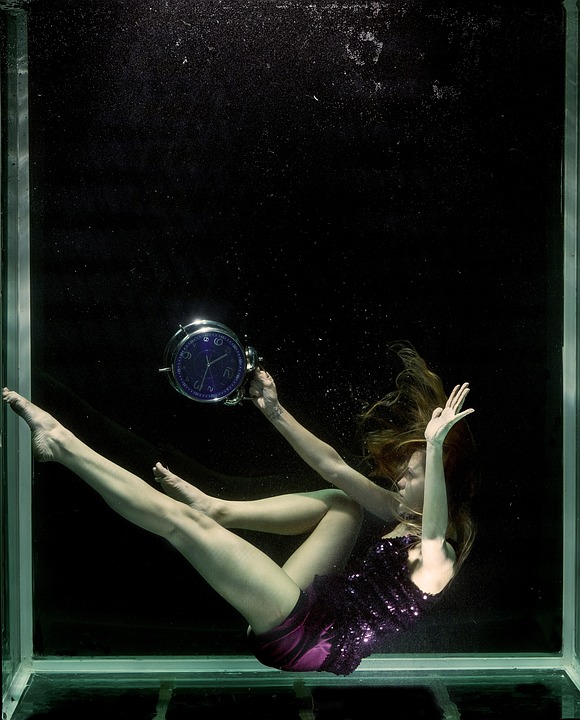At Sea with Nausea: How to Prepare for Calm Waters and Happy Travels
As the ship sets sail, the sound of the waves crashing against the hull and the salty sea air filling your lungs, you can’t help but feel a sense of excitement and adventure. But for many people, the thought of being at sea can also bring on feelings of anxiety and nausea. Whether you’re a seasoned sailor or a first-time cruiser, it’s natural to feel a bit apprehensive about the motion of the waves.
Why Do People Get Seasick?
Seasickness, also known as motion sickness, occurs when your body receives conflicting signals from your senses. When you’re on a ship or boat, your eyes see the horizon moving, but your inner ear and body sense that you’re not moving. This conflict can cause your body to become queasy and dizzy, leading to symptoms like nausea, vomiting, and dizziness.
How to Prepare for Calm Waters
While there’s no guarantee that you won’t get seasick, there are several steps you can take to minimize your chances of feeling queasy. Here are a few tips to help you prepare for a smooth and enjoyable journey:
- Choose the Right Cabin: Opt for a cabin in the middle of the ship, which tends to experience less motion than cabins near the front or back.
- Avoid Reading or Watching TV: Instead, look out the window and focus on the horizon. This can help your body get used to the motion of the waves.
- Keep Your Eyes on the Horizon: Try to keep your gaze fixed on the horizon, rather than focusing on objects on the ship. This can help your body get used to the motion of the waves.
- Avoid Heavy Meals: Eat lightly before and during your trip, as heavy meals can exacerbate seasickness.
- Take Preventative Measures: There are several over-the-counter medications and natural remedies that can help prevent seasickness. Ginger, in particular, has been shown to be effective in reducing nausea.
Image: A serene image of a ship sailing through calm waters, with the sun shining down and a gentle breeze blowing.
Additional Tips for Happy Travels
In addition to preparing for seasickness, here are a few more tips to help you make the most of your time at sea:
- Get Moving: Take a stroll around the ship, do some yoga, or try some other form of exercise to get your blood flowing.
- Try New Things: Take advantage of the ship’s amenities, such as the pool, spa, or fitness center.
- Make New Friends: Strike up a conversation with your fellow passengers, and make some new friends.
- Enjoy the View: Take time to appreciate the stunning views of the ocean, and try to spot some of the marine life.
Frequently Asked Questions
Q: Can I get seasick on a small boat or ferry?
A: Yes, you can get seasick on any type of boat or ship, regardless of its size.
Q: How long does it take to get used to the motion of the waves?
A: It’s difficult to say, as everyone’s body is different. Some people may get used to the motion quickly, while others may take longer.
Q: Are there any natural remedies that can help with seasickness?
A: Yes, there are several natural remedies that have been shown to be effective, including ginger, acupressure, and vitamin B6.
Q: Can I get seasick in calm waters?
A: Yes, while it’s true that rough seas can exacerbate seasickness, you can still get seasick in calm waters. It’s all about the motion of the waves, not the size of the waves.
By following these tips and taking preventative measures, you can minimize your chances of feeling queasy and enjoy a happy and relaxing journey at sea. Happy travels!



